Experimental rifles T35. New cartridge and new magazines for Garanda
The M1 Garand self-loading rifle was very successful weapons, but this fact did not exclude the possibility and the need for further improvements and improvements. Various experiments of this kind were carried out almost until the end of the active operation of the rifle. An interesting example of the development of the basic design was the T35 project. In it, they tried to remake a serial rifle for a promising cartridge and for two fundamentally new magazines.
Under the new cartridge
In the basic version, the M1 Garand rifle used .30-06 Springfield ammunition (7,62x63 mm) and had a built-in 8-round magazine, loaded with a pack. In the late forties, work began on the creation of a new cartridge of reduced power, designated T65.
In 1951, the Springfield Arsenal launched the T35 pilot project. His goal was to rebuild the M1 under the T65E3 cartridge (future 7,62x51 mm NATO). Soon, the idea of replacing the regular store also appeared. The new store was supposed to have an increased capacity and be able to reload cartridges using a clip. It was proposed to load ammunition from the side, through the store's own receiver, and not through the receiver window.
Arsenal completed the revision of the barrel and bolt group independently. The T35 rifle retained the old barrel, but an insert appeared in the chamber, reducing it to fit the dimensions of the T65E3. The design of the bolt and the store was also modified for the size and energy of the new ammunition. The rest of the M1 remains the same.
Sanford Store
The development of an alternative store was initially assigned to Roy S. Sanford & Company of Oakville, CT, which had some experience in the small arms industry. Its head, Roy Sanford, had previously patented several options for ammunition systems, and his experience could be useful in a new project.
The Sanford store was integral and fixed under the receiver with a slight tilt to the left. Almost all of its parts were placed inside a rectangular case with vertical grooves and guides on the sides. Due to its large width, a window had to be made in the right box, on the left it remained intact. On the top right of the magazine there was a hinged cover for loading a clip - almost like a Krag-Jørgensen rifle. Because of this cover, the bolt handle had to be bent up.
A spring-loaded feeder of a rather complex design was placed inside the store body. Its lower part was a longitudinal (relative to the axis of the rifle) frame with transverse semicircular holders for cartridges. A folding device was attached to the frame, on which there was a spring-loaded stopper tooth. In addition, a folding vertical partition consisting of six movable plates was placed inside the body. A separate pusher for the last cartridge was provided at the top left.
The resulting design generally met the requirements. It held 10 T65E3 rounds, was loaded with clips or one cartridge each, and in vertical dimensions did not differ much from the standard M1 magazine.
To equip the store, you had to open the side cover, place a clip with 5 rounds and press the ammunition inside. The feeder slid down and compressed its spring and also allowed the central baffle to expand downward. The cartridges ended up on the right side of the store. When the second five cartridges were fed, the feeder was shifted to the lowest position, while the lower ammunition from the right row slipped along its semicircular holders and fell into the left half of the store, behind the partition. Then you could close the lid and cock the rifle.
The spring-loaded feeder pushed the cartridges up, and its upper stop did not allow them to fly out through the loading window. When the cartridges were spent, the feeder moved upward, while simultaneously folding the central partition. In this case, the cartridges alternately fell from the right row to the left, and from there they went to the ramming line. Due to the limited capabilities of the pusher, the last cartridge from the store was fed into the weapon as a separate part.
A "mirror" version of the store was also developed. It was placed with a shift to the left and had a left cover for equipment. It was also possible to reduce the required slope during installation.
At the shooting range
For testing on the T35 project, a number of rifles were modified. They replaced the barrel and bolt, and also installed a new store. Range tests of rifles by the Sanford shop were carried out only at the beginning of 1954. The first version with the right loading was sent to the shooting range; "Left" modification of similar tests did not pass. During testing, the T35 fired 313 rounds - with several dozen reload cycles.

T35 rifle with drum magazine designed by Johnson. Photo Springfield Armory Museum
The tests confirmed the store's fundamental performance and certain advantages over the regular one. However, its design was too complex to manufacture and still needed rebuilding. In addition, the testers pointed to excessive efforts when loading cartridges into the magazine. According to the test results, the Sanford store was not recommended for implementation and adoption.
Drum Johnson
In 1951-52. Olin Industries was hired to work on the T35 - they were ordered to develop another store for the same requirements. This contractor did not begin to develop fundamentally new overcomplicated products and used the already known design. The new magazine is based on the Melvin Johnson drum system for the M1941 rifle.
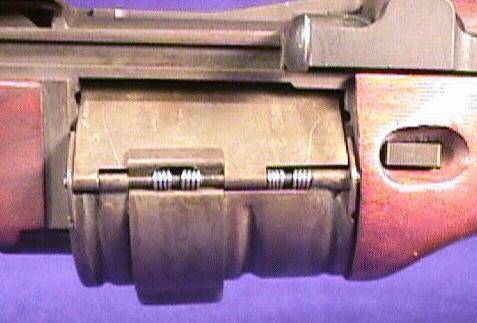
Shop close-up. Photo Springfield Armory Museum
A cylindrical magazine casing was placed under the T35 receiver. Inside it was a cylindrical guide, in which a spring and a protruding feeder were placed. The window for loading cartridges was located on the top right and had a spring-loaded cover, it also served as a stopper that did not allow cartridges to fall out. Especially for such a store, a clip for 10 rounds was developed.
As with the M1941, the equipment needed to press the cover inward, then insert the clip and send the cartridges to the magazine. They acted on the feeder and compressed its spring. After removing the clip, the cover returned to its place and blocked the cartridges inside the store. When firing, the inside of the cover served as a guide and sent the cartridges to the ramming line.
Trials of the T35 with a magazine from Olin Industries took place in April 1954 and ended with an ambiguous result. In general, such a design worked and solved its problems. However, it was too complex, prone to breakdowns and did not have a high resource. In addition, the new high-capacity clip was found to be oversized and uncomfortable. The mass production of such shops for army rifles was considered impractical.
Results of the project
According to known data, within the framework of the T35 project, several dozen M1 Garand rifles underwent modernization. The bulk of this weapon received a new barrel and bolt, but at the same time retained a regular magazine for a batch loading. No more than 10-20 rifles were equipped with new magazines of two types.
The T35 rifles with the old magazine showed acceptable combat and operational characteristics, and also showed all the advantages of the new cartridge of reduced power. The combat qualities of weapons with the new magazines were slightly higher, but they were difficult and less reliable. As a result, the customer decided that two additional cartridges and the possibility of reloading at any time could not cover the existing shortcomings.
Shop work for the T35 stopped in the spring of 1954. Some of the experimental rifles went into storage and later became museum exhibits, and their experience was not applied in practice. In this respect, the T35 turned out to be more successful with the same store. After some changes, such a rifle chambered for 7,62x51 mm even went into production and found its place in the US Army.
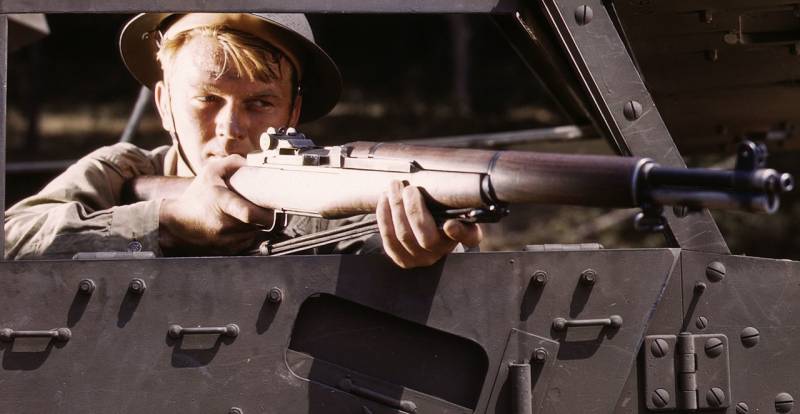
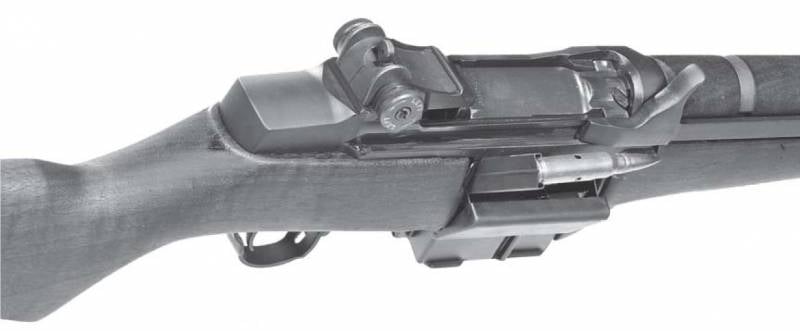
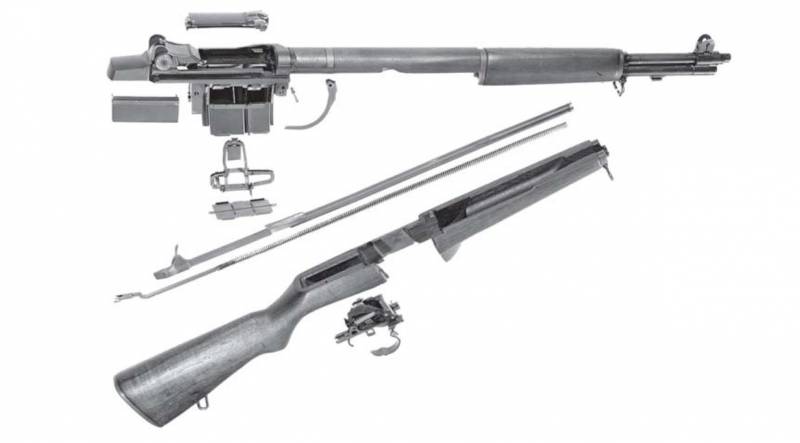
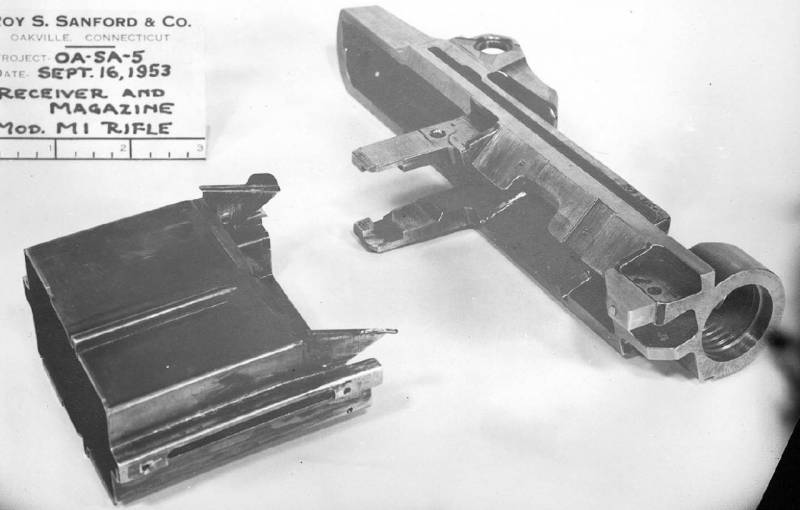
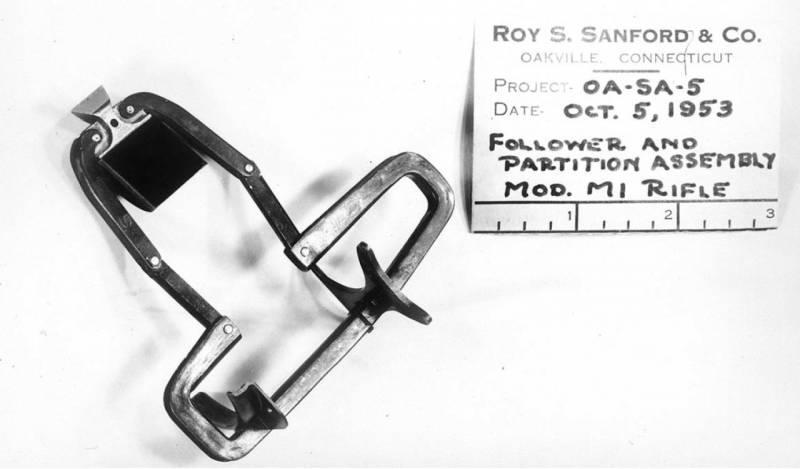
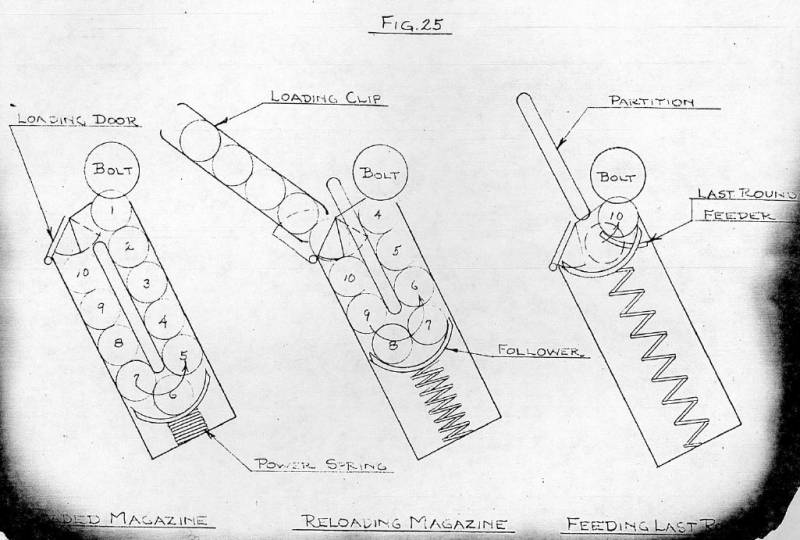
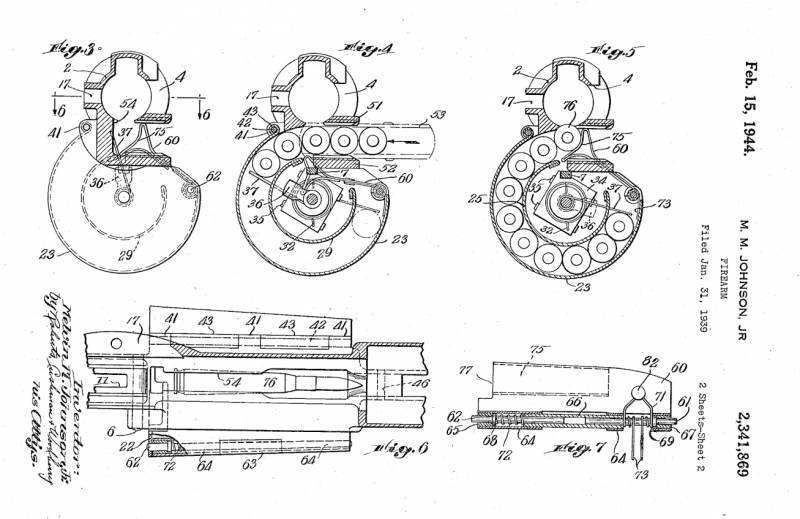
Information